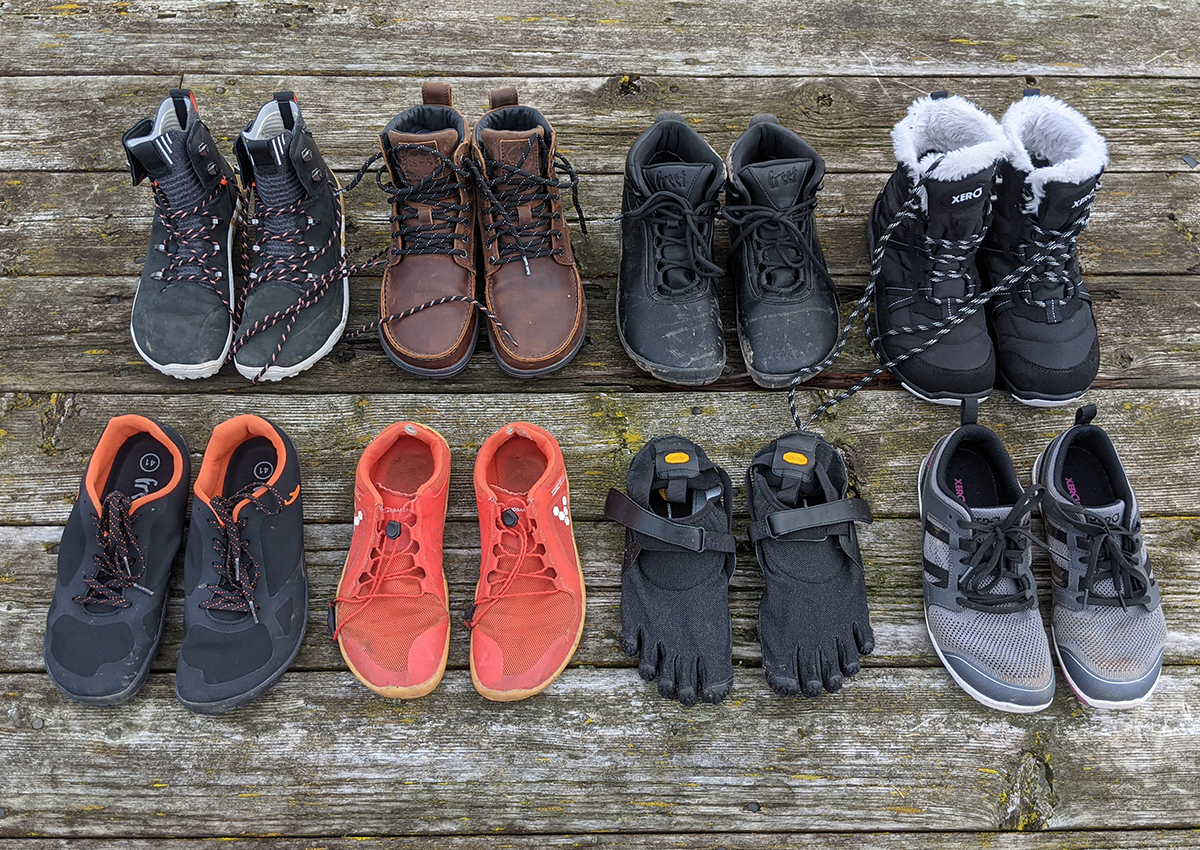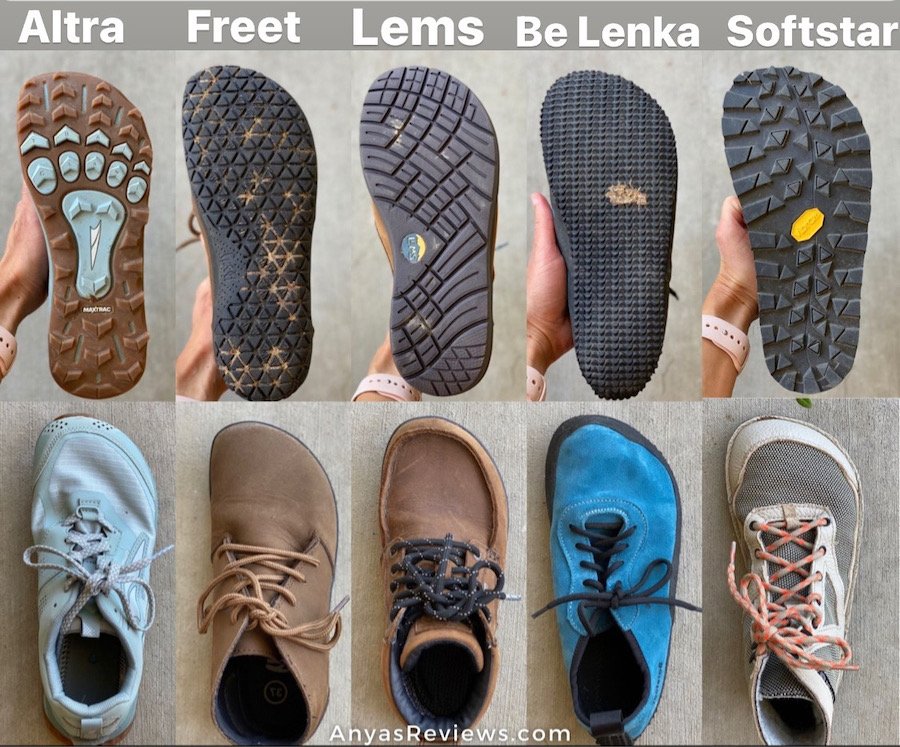Introduction to Barefoot Walking Shoes
Barefoot walking shoes, also known as minimalist shoes, represent a significant shift in footwear design, aiming to mimic the experience of walking barefoot while providing necessary protection. These shoes are designed to allow for a more natural foot movement, promoting better foot health and potentially improving overall gait mechanics. According to a study published in the Journal of Foot and Ankle Research, barefoot walking shoes can enhance proprioception and reduce the risk of certain foot injuries. The concept of barefoot walking has been supported by numerous health professionals and fitness enthusiasts, highlighting its benefits for foot strength and alignment.

Benefits of Barefoot Walking Shoes
One of the primary benefits of barefoot walking shoes is their ability to strengthen the foot muscles. Unlike traditional shoes that often provide excessive support, these minimalist shoes encourage the foot to function more naturally. This can lead to improved balance and stability, as well as a reduction in common foot problems such as plantar fasciitis. Dr. James Stoxen, a well-known chiropractor, emphasizes the importance of foot strength in overall health, stating, “Strong feet are the foundation of a strong body.” Additionally, barefoot walking shoes can enhance sensory feedback from the ground, which is crucial for maintaining proper posture and gait.

Choosing the Right Barefoot Walking Shoes
Selecting the appropriate barefoot walking shoes involves considering several factors, including fit, flexibility, and sole thickness. The shoes should fit snugly without being too tight, allowing for natural foot movement. Flexibility is crucial as it enables the foot to bend and flex as it would naturally. The sole should be thin enough to provide sensory feedback but thick enough to protect the foot from sharp objects. According to a review in the British Journal of Sports Medicine, the ideal sole thickness for barefoot walking shoes is between 3mm and 6mm. This balance ensures protection while maintaining the benefits of barefoot walking.

Transitioning to Barefoot Walking Shoes
Transitioning to barefoot walking shoes should be done gradually to avoid potential injuries. Sudden changes in footwear can lead to muscle strains and other issues. It is recommended to start with short periods of use and gradually increase the duration as the foot adapts. A study from the University of Virginia suggests a transition period of at least six weeks to allow the foot and leg muscles to strengthen. During this period, it is also beneficial to engage in exercises that specifically target foot strength and flexibility, such as toe curls and ankle rolls.

Common Misconceptions About Barefoot Walking Shoes
There are several misconceptions about barefoot walking shoes that can deter individuals from trying them. One common misconception is that these shoes are only suitable for specific activities or environments. In reality, barefoot walking shoes can be used for a variety of activities, including walking, running, and even hiking. Another misconception is that they provide no protection, which is not true. These shoes are designed to protect the foot from sharp objects and rough surfaces while still allowing for natural movement. It is important to dispel these myths to fully appreciate the benefits of barefoot walking shoes.

Conclusion
In conclusion, barefoot walking shoes offer a unique blend of protection and natural foot movement, making them a valuable addition to any fitness regimen. By understanding the benefits, choosing the right pair, and transitioning gradually, individuals can experience improved foot health and overall well-being. As with any change in footwear, it is essential to listen to one’s body and consult with a healthcare professional if any issues arise. Embracing the concept of barefoot walking can lead to a more natural and healthier way of moving.
